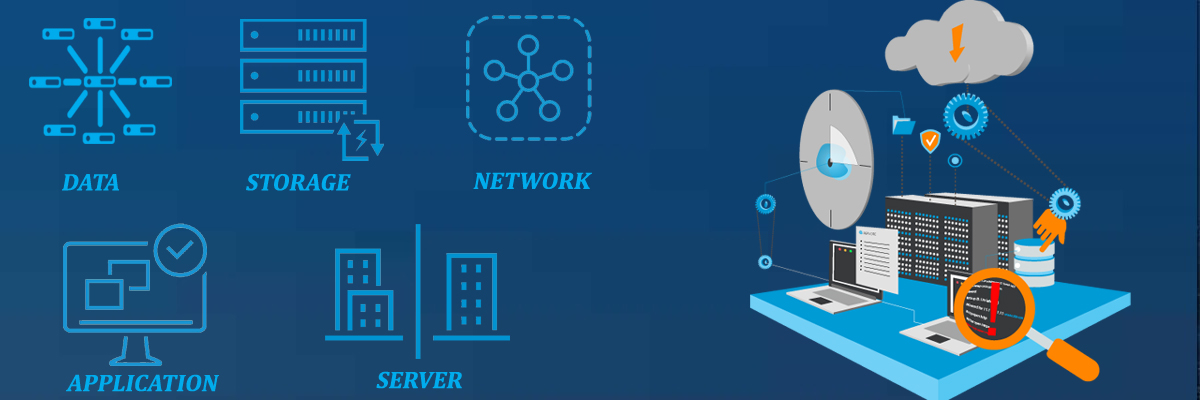Our Virtualization Services
Switching to virtualization helps in controlling workloads across data centers in addition to reducing energy consumption and IT infrastructure.
NYGCI provides viable implementation services for enterprises, looking to increase productivity while reducing IT infrastructure costs. Our virtualization services deliver end-to-end solutions leveraging market-leading platforms such as VMware, Microsoft, Citrix, etc. with proven excellence. We can help organizations in switching over to a virtualized IT environment and meet the demand for more efficient IT operations. As part of premier virtualization services, we also offer Datacenter Modernization and Migration services:
► Data center Consolidation Design and Implementation Services
► New Data center Implementation, Migration, and consolidation Project
► Disaster Recovery Site Implementation
Our Virtualization Services includes
Application Virtualization:
Required applications are hosted and published in a data center and are relayed as mere images to the end-user devices to capture actions back to the application.
Network Virtualization:
Combining the available resources in a network by splitting up the available bandwidth into channels, each of which is independent from the others and can be assigned — or reassigned — to a server or device in real time. Implement Software Defined Networks (SDN) for enhanced agility and high network utilization.
Storage virtualization:
Pooling of physical storage from multiple network storage devices into what appears to be a single storage device that is managed from a central console. Storage virtualization is commonly used in storage area networks.
Server Virtualization:
Our SMEs create and abstract multiple virtual instances on a single server. Virtualization software is implemented to partition one physical server into multiple isolated virtual environments; each virtual environment can run independently to meet business needs.
Data Virtualization:
Data virtualization is abstracting the traditional technical details of data and data management, such as location, performance, or format, in favor of broader access and more resiliency tied to business needs.
Our Virtualization Platforms:
VMWare
✓ Cloud Infrastructure, Data Center Virtualization, Desktop and Application Virtualization, and Enterprise Mobility Management.
✓ Competency in VMware Infrastructure, Business Continuity, Desktop Virtualization, Cloud IaaS.
Citrix
✓ Desktop and Application Virtualization, and Enterprise Mobility Management, Cloud Networking and Application delivery controls.
✓ Competency in Desktop and App Virtualization, Enterprise Mobility, Cloud Networking.
Microsoft
✓ Cloud Infrastructure, Data Center Virtualization, Desktop and Application Virtualization, and Enterprise Mobility Management.
✓ Desktop and Application Virtualization, and Enterprise Mobility Management.
✓ Competency in Cloud Productivity, Messaging, Data Center, Devices & Deployment, Software Assets Management, Volume Licensing.
